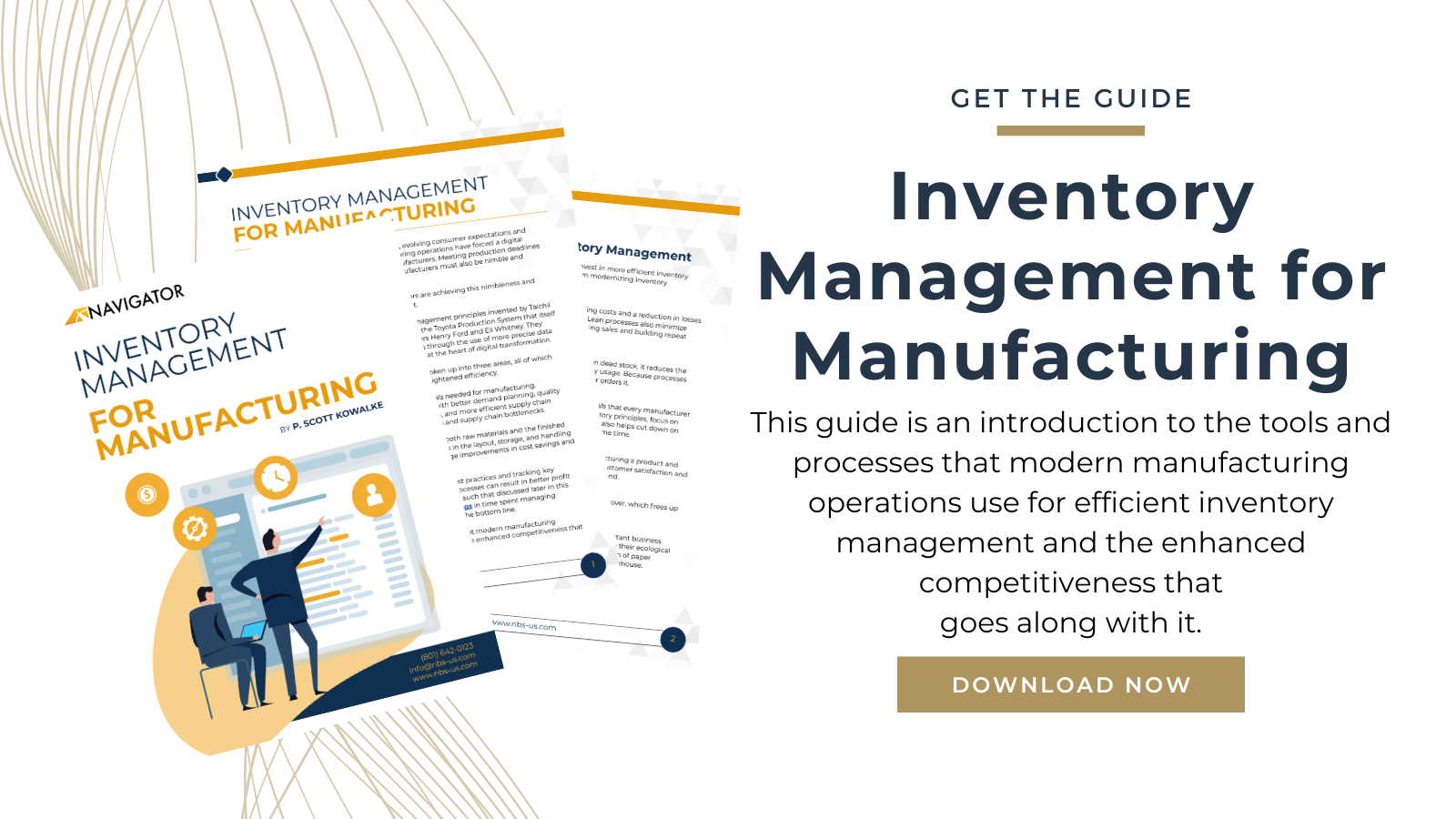
When to Invest in Inventory Automation
While inventory automation improves efficiency, it also comes with costs in terms of new systems, equipment, and process management. So when is the right time to automate inventory management?
We are breaking down our 'Inventory Management for Manufacturing' guide into digestible sections. You can get the full inventory management guide here.
While there’s no single criterion to guide the way, there are five common signs that strongly imply a business is ready for inventory automation.
1. Current Processes Take Up Too Much Time and Manpower
Warehouse workers can only get so much done in an allotted shift. If processes in a warehouse are taking up too much time, and using too many man-hours, it's probably time to make the switch to automation.
Not only are automated systems faster and more accurate than manual labor, but they also guarantee efficiency. Once workers are freed from repetitive and time-consuming manual processes, they can focus on higher-level business processes that drive greater business value.
2. Inventory Levels and Order Fulfillment are Inaccurate
If a manufacturer is struggling to maintain accurate inventory levels, it is time to automate through the use of a warehouse management system. These systems maintain complete and accurate control over all inventory, regardless of whether a product is seasonal or ongoing.
Automated systems also ensure orders are fulfilled correctly, and they reduce product damage; since workers don't need to manually move products as much, there's less likelihood of damaged or misplaced products. That also means that workers benefit from a safer working environment with a decreased amount of physical labor. Automated systems handle everything from picking to lifting and moving heavy loads in all kinds of temperatures and environments.
3. Customers are Not Satisfied
If customers are routinely unhappy with fulfillment, this is a flag that a manufacturer should be investing in inventory automation.
Inventory automation streamlines processes and enables orders to be picked, fulfilled, and shipped more efficiently than manual processes.
4. Difficulty Getting Orders Out on Time
If a manufacturer is struggling to get orders out on time, automation might be the solution. Warehouse automation sets up efficient picking processes, routes, and sequences to improve overall management and performance within the warehouse.
Automation also eliminates the process of staged orders sitting around waiting to be picked up. Through automation, manufacturers can implement just-in-time order fulfillment, preparing orders on the fly when the delivery vehicle arrives on site. This frees up warehouse space, keeps inventory flowing smoothly, and ensures orders are sent on their way in the most timely manner possible.
5. Legacy Systems Require Too Much Upkeep
If a manufacturer is using outdated technologies to manage warehouse processes, chances are strong they're not providing the business with optimal efficiency. Legacy solutions also typically require more maintenance and support to continue running.
Most automation solutions now offer scalability and relatively easy setup, and stay updated because they are based on cloud technologies that self-update.
Read the next section, Where automation improves inventory management
